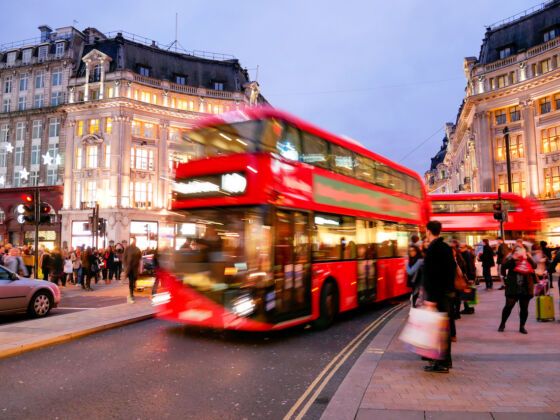STRANDS OF RED LANTERNS crisscross the narrow alleys of Chinatown. Neon lights proclaim the latest offerings of historic West End theatres. Camden Market stalls overflow with exotic foods and fashions.
Alas, you don’t see any of this. You’re buried deep underground in the tube.
A better world waits on the surface! Those iconic double-deckers plying the picturesque avenues aren’t there simply to spice up your vacation photos. Becoming familiar with these functional and accessible vehicles is a must for the savvy London visitor.
